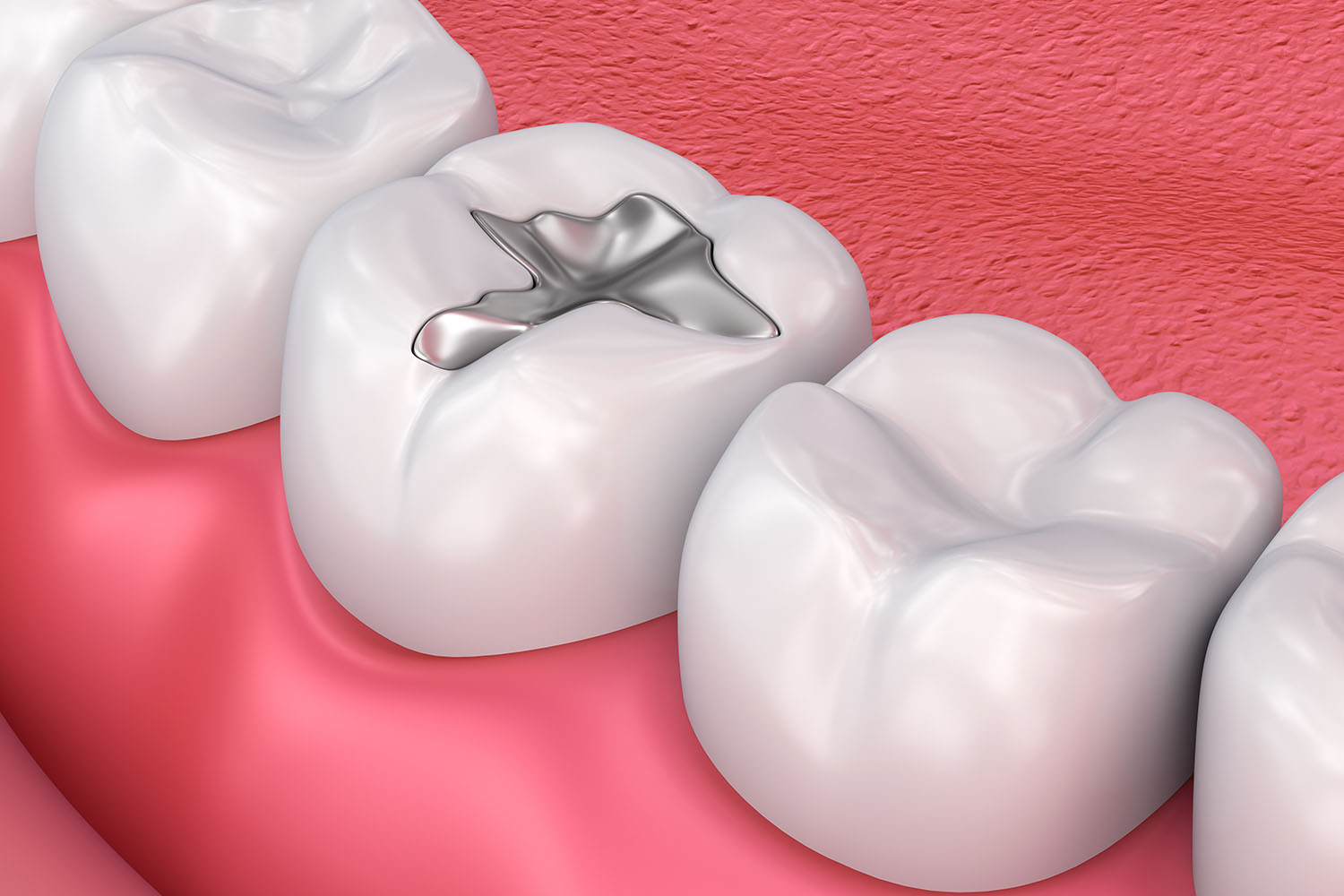Overview
Dental fillings are a fundamental aspect of modern dentistry, serving as a primary treatment for cavities and tooth decay. With advancements in materials and techniques, dental fillings have become more effective and aesthetically pleasing, offering patients a reliable solution to maintain their oral health and restore their smiles.

Understanding the Role of Dental Fillings:
Dental fillings are used to repair teeth that have been damaged by cavities, fractures, or wear. They serve to restore the structure, function, and appearance of the affected tooth while preventing further decay and deterioration. By filling in the empty space left by decayed or damaged tooth structure, dental fillings help to strengthen the tooth and protect it from future harm.
Facts and Research:
- According to the Centers for Disease Control and Prevention (CDC), untreated tooth decay affects approximately 1 in 4 adults in the United States, making it one of the most common chronic diseases.
- Research has shown that dental fillings are highly effective in halting the progression of cavities and preserving the integrity of the affected tooth.
- Different types of dental filling materials, including amalgam, composite resin, and glass ionomer, offer varying benefits in terms of durability, aesthetics, and biocompatibility.
- Studies have demonstrated the importance of early intervention with dental fillings in preventing the need for more extensive and invasive dental procedures, such as root canals or extractions.
- Advances in dental technology, such as digital imaging and computer-aided design/computer-aided manufacturing (CAD/CAM), have revolutionized the process of fabricating and placing dental fillings, resulting in more precise and durable restorations.
The Procedure:
The process of receiving a dental filling typically begins with a thorough examination and diagnosis by a dentist. After identifying the presence of a cavity or other dental issue, the affected tooth is prepared by removing the decayed or damaged portion using specialized dental instruments. Once the tooth is cleaned and sanitized, the dental filling material is placed into the prepared cavity and shaped to restore the natural contours of the tooth. Finally, the filling is hardened and polished to ensure a seamless fit and comfortable bite.
Maintaining Oral Health:
Proper oral hygiene practices, including brushing, flossing, and regular dental check-ups, are essential for maintaining the longevity of dental fillings and preventing future dental problems. Patients should also avoid habits that can compromise the integrity of their fillings, such as chewing on hard objects or consuming excessive sugary foods and beverages.
Dental fillings play a crucial role in preserving oral health and restoring smiles. With their ability to repair and strengthen damaged teeth, dental fillings offer patients a reliable and effective solution for addressing cavities and tooth decay. By staying informed about the importance of dental fillings and maintaining good oral hygiene practices, individuals can enjoy a lifetime of healthy, beautiful smiles.


